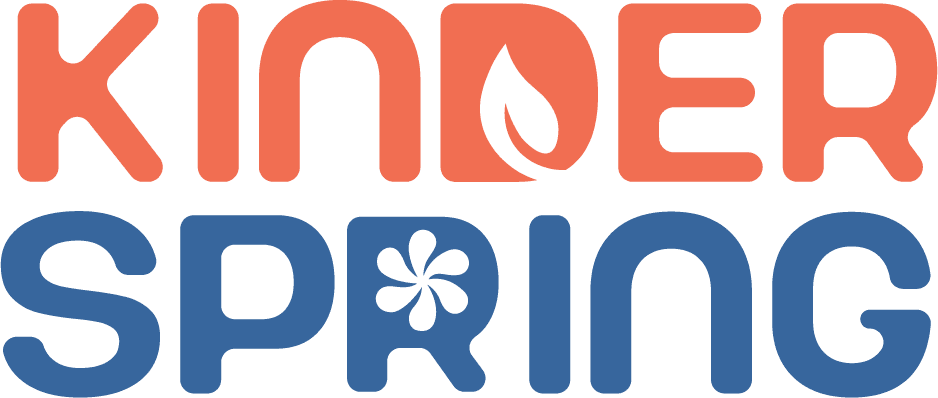Children who have difficulty communicating or have speech deficits often face a challenge in expressing themselves. However, using specialized tools can help in communicating more effectively. Let us look at them in this article.
What exactly are AAC devices?
AAC stands for Augmentative and Alternative Communication. It includes a variety of tools, strategies, and techniques that would help children express themselves better. With proper support, children can benefit from AAC and perform better in school, express themselves, and build stronger social connections.
What are some low-tech AAC devices?
Many AAC tools/communication devices can support non-verbal communication. Low-tech devices are cheaper, portable, and do not require any batteries. Let us look at them below:
PECS: PECS, also called the Picture Exchange Communication System, is a low-tech AAC tool that uses pictures for communication.
Communication boards/books: Symbols, words, or pictures in books/boards can be used to communicate one’s emotions or feelings.
Cue cards: Visual prompts like cue cards can help support communication, especially in individuals who struggle with verbal expression.
Sign language: Non-verbal actions or gestures can be used as an effective way to lay out one’s thoughts.
What are some high-tech AAC devices?
High-tech AAC devices can be costly but are effective as well. Let us have a look at them:
Speech-Generating Devices (SGDs): SGDs are electronic devices that can help a child communicate with others by helping them select words, pictures, or symbols on screen. There are customized tablets or devices for this purpose.
Apps: Certain apps also help offer customizable voices and symbols to communicate.
Switch access devices: These devices would help children who have trouble with eye movements through usage of eye tracking or switches.
How do AAC tools help?
AAC tools can help the child become more independent and express themselves freely. They can also build their social skills and participate in activities that require communication.
Who can benefit from AAC tools?
Children with autism, Down syndrome, cerebral palsy, developmental delays, or speech issues can benefit from AAC tools.
How can you communicate with non-verbal children?
Apart from AAC tools, there are other ways to communicate with non-verbal children, too. Let us look at the same:
Check your child’s interest: See what your child is interested in or engaged in. For instance, if your child is playing with blocks, you can use communication cues to converse around the same topic.
Offer them visual prompts: If your child struggles with verbal communication, offer them visual aids so that they can communicate better. If you are communicating with them verbally, offer them more verbal prompts rather than restricting them to limited options.
Collaborate with therapists and other professionals: Often, working alone can be overwhelming. You can collaborate with speech therapists and other healthcare professionals to devise goals and strategies for more progress.
When AAC devices are paired with low-tech tools, they help in creating a communication toolbox that can be used by kids at home, in schools, or community settings. With some collaborative help and effort from teachers, parents, and healthcare professionals, these tools can be used to drive long-term bonds, nurture independence, and foster confidence.

